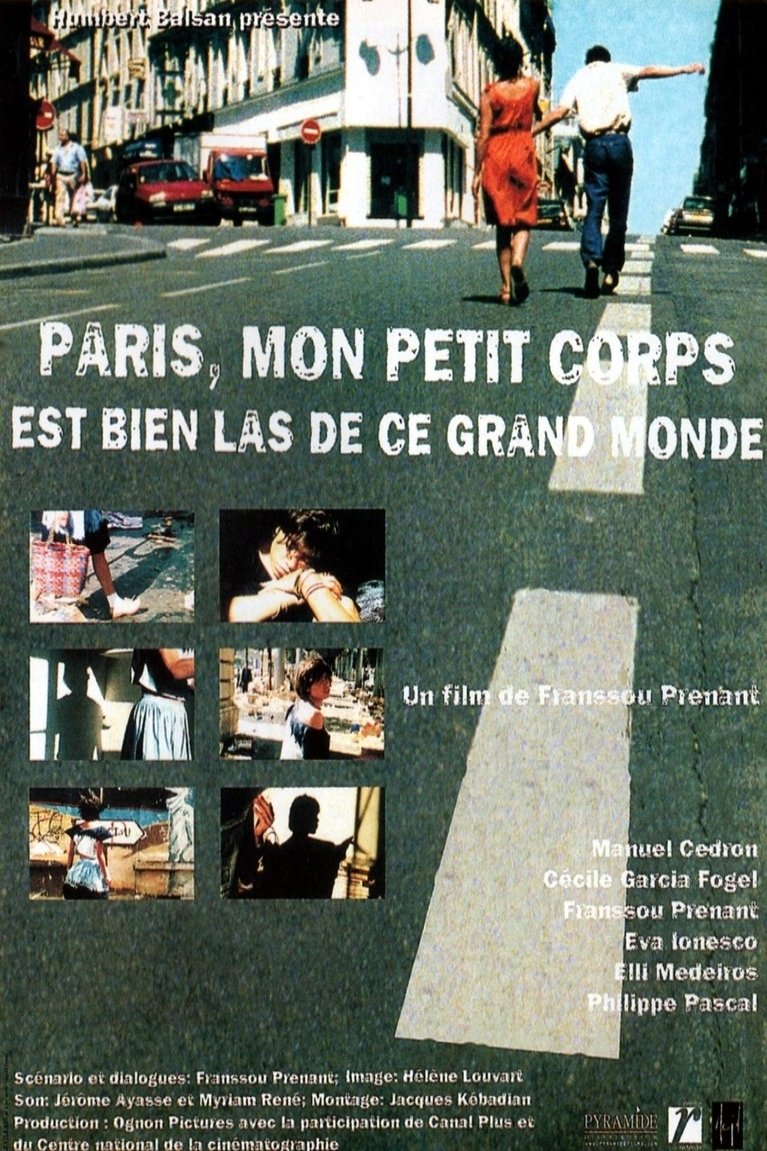

Paul is preparing to leave Tajikistan, while thinking back on his adolescent years. His childhood, his mother's madness, the parties, the trip to the USSR where he lost his virginity, the friend who betrayed him and the love of his life.

In 1914, an engineer sent away to reorganize a factory exchanges letters with his wife. As he tells her about his experiments in taylorism, she picks up bits and pieces of this method and applies it to her daily tasks at home. While he gets disappointed by the Taylor system, she becomes a true domestic engineer. Mingling images of American institutional movies to extracts of handbooks on management from the 1900s and 1910s The Human Factor aims at showing the genesis of Taylorism and its main effects upon industrial societies. It is also a love story.

Lunettes and Myope: two ways of resisting the world. Identical and opposites, face to face or, more often, back to back, in a small room in a timeless space. Twins and adversaries, these two girls make one: Lunettes uses her glasses to help her understand the world, or at least accept it; Myope can't see, except within herself, and lost in her blurred, but sharp, experience of the world, rebels continuously. Incited by Lunettes, Myope creates (in the same city and climate, but in another dimension) two characters: Pierrot and Agathe. To a certain degree, these two are a disjointed response to Myope, Lunettes, neighbors, and distant representatives. It's very hot. The inhabitants are interested in fountains and shadows. They build cool cabins, hanging curtains over the balcony balustrades. Asphalt sticks to the soles of sandals and when the wind blows, the canopies flap above the café terraces.
By browsing this website, you accept our cookies policy.